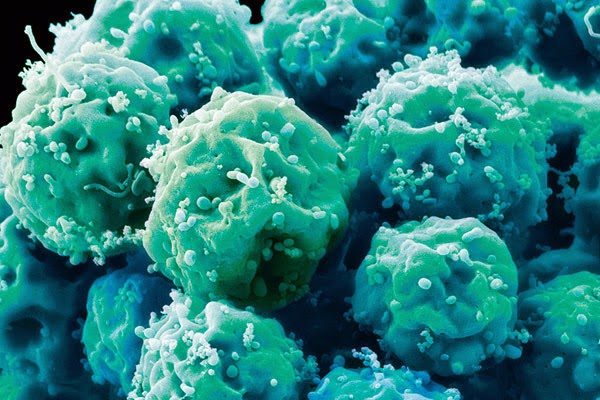Even more recently, researchers at the University of Dresden succeeded in using embryonic stem cells to grow an intact spinal cord inside a petri dish. This is a substantial achievement as it was not long ago that artificially growing neurons was thought to be impossible. The researchers utilized a property of stem cells known as self-directed morphogenesis in which they gave the stem cells a precise combination of nutrients in a three-dimensional scaffold to replicate the biological conditions under which they grow. With little interference, the cells began to differentiate into immature neurons. They secreted a key protein known as SHH that created a concentration gradient along the cells to allow them to differentiate further into the dorsal and ventral portions. The artificially grown spinal cord had its various cell types arranged in the correct order and was responsive to signals from molecules it would normally receive during development. These findings may prove critical to future studies investigating neural development as well as regenerative medicine.
This research along with Dr. Ye’s findings demonstrates the critical role stem cells may have in shaping the future of biological research. Stem cells exhibit an incredible potential to enhance clinical therapies as well as provide unique insights into the development of biological structures. Both studies provide an excellent representation of the wonders that stem cell research can provide and further fuel this extraordinary area of research.
Citations:
Seminar Paper: Ye, H., Ruff, C., Legasto, J., Stribbell, N., Wang, J., Zhang, L., & Fehlings, M. (2013). Effects of Adult Neural Precursor-Derived Myelination on Axonal Function in the Perinatal Congenitally Dysmyelinated Brain: Optimizing Time of Intervention, Developing Accurate Prediction Models, and Enhancing Performance. The Journal of Neuroscience, 33(29), 1899 –1915.
News Article: Costandi, M. (2014, November 26). Scientists create lab-grown spinal cords. Retrieved December 8, 2014, from http://www.theguardian.com/science/neurophilosophy/2014/nov/26/lab-grown-spinal-cords


No comments:
Post a Comment